
With increasing urbanization, our gardens and landscapes have become less wild and more structured. While manicured lawns and shaped bushes have their charm, the undulating beauty of wildflowers brings a touch of wilderness into our homes and hearts. Whether you’re a budding gardener or someone looking to change up their landscape, 5 Reasons to plant a wildflower garden should be on your reading list. Here’s why:
Biodiversity and Eco-Friendly Benefits
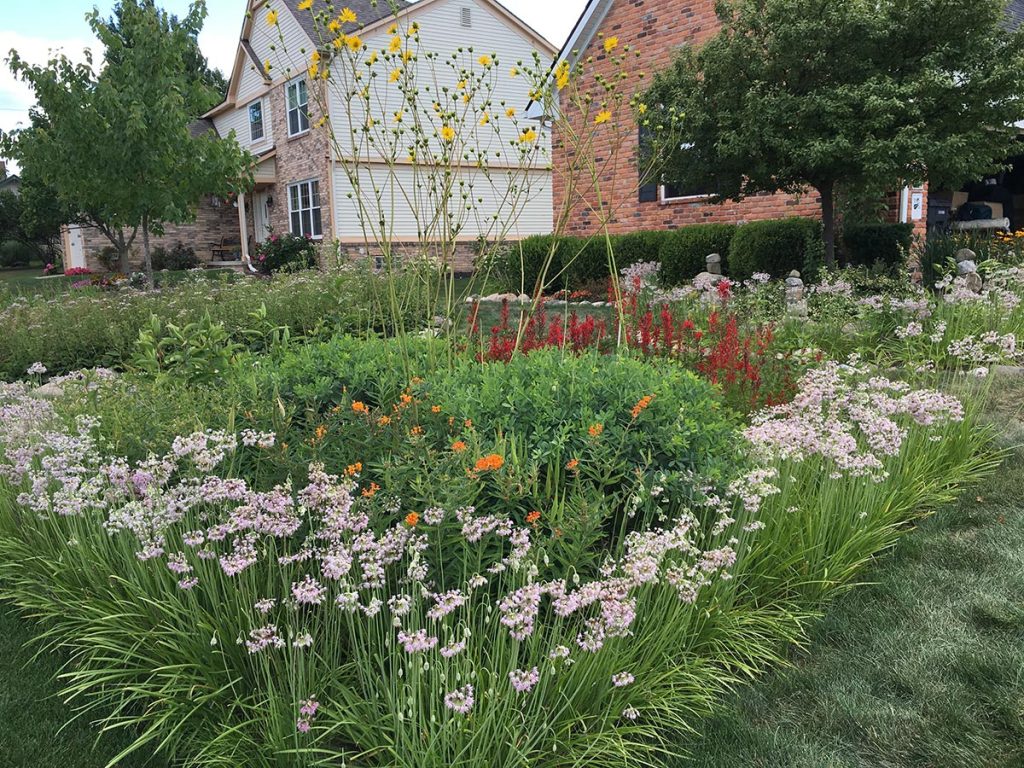
Wildflower gardens are teeming with life. They attract a variety of insects, birds, and wildlife, creating a thriving ecosystem in your backyard.
Pest Control: Many insects attracted to wildflowers are predators of common garden pests. This can reduce the need for chemical pesticides.
Pollinators’ Paradise: Wildflowers are a magnet for bees, butterflies, and other pollinators. These insects play a crucial role in our food system. Planting a wildflower garden can help offset the loss of pollinator habitats elsewhere.
Carbon Footprint Reduction: Wildflowers, being native to their region, often require less water and care than other ornamental plants. This can reduce your carbon footprint and water usage.
Low Maintenance
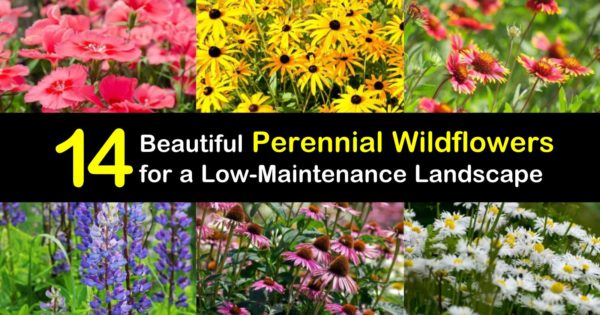
One of the major 5 reasons to plant a wildflower garden is the ease of maintenance. Here’s why they’re a gardener’s dream:
Water Wise: Once established, many wildflowers are drought-resistant. They’ve evolved to thrive in their native environment, and that often means doing well with less water.
Less Mowing: Replace a portion of your lawn with wildflowers, and you’ll spend less time mowing and more time enjoying.
Natural Look: Wildflowers don’t need to be pruned or shaped. They grow naturally, offering an organic and casual look to your garden.
Aesthetic Beauty
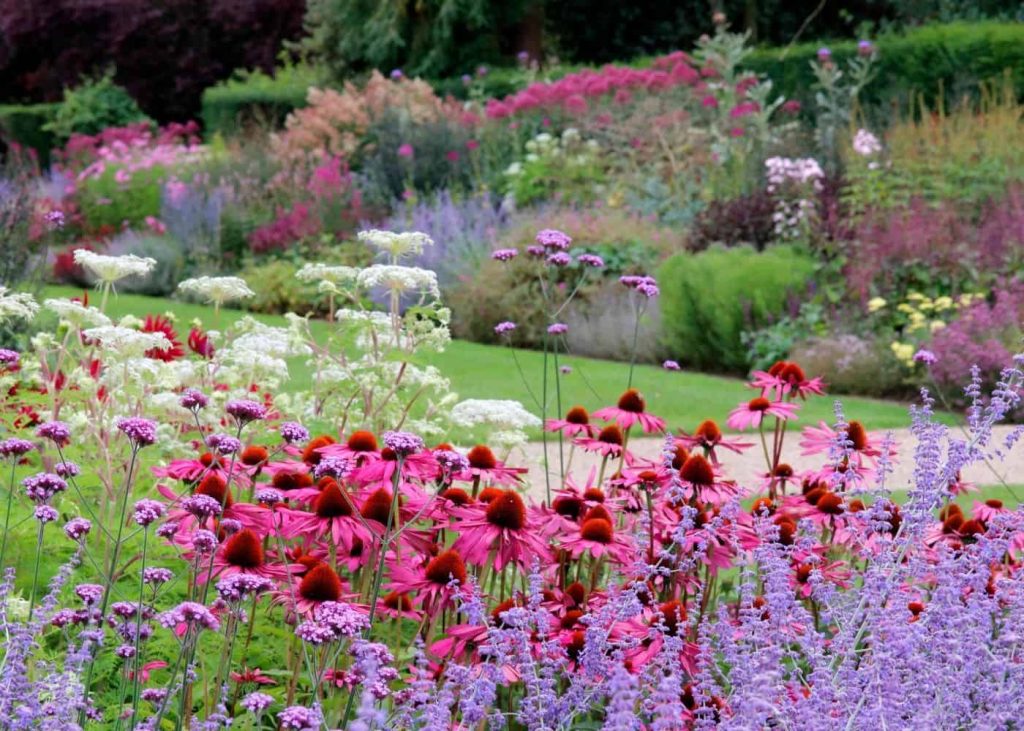
The burst of colors, shapes, and sizes wildflowers bring to your garden is unparalleled. Every turn of the season could bring a different palette to your yard.
Photo Opportunities: A wildflower garden provides endless photo ops, whether it’s the morning dew on a vibrant petal or a butterfly gracefully perched on a bloom.
Natural Arrangements: Need to brighten up your home interior? Pluck a few wildflowers and you’ve got an instant, natural bouquet.
Therapeutic Advantages
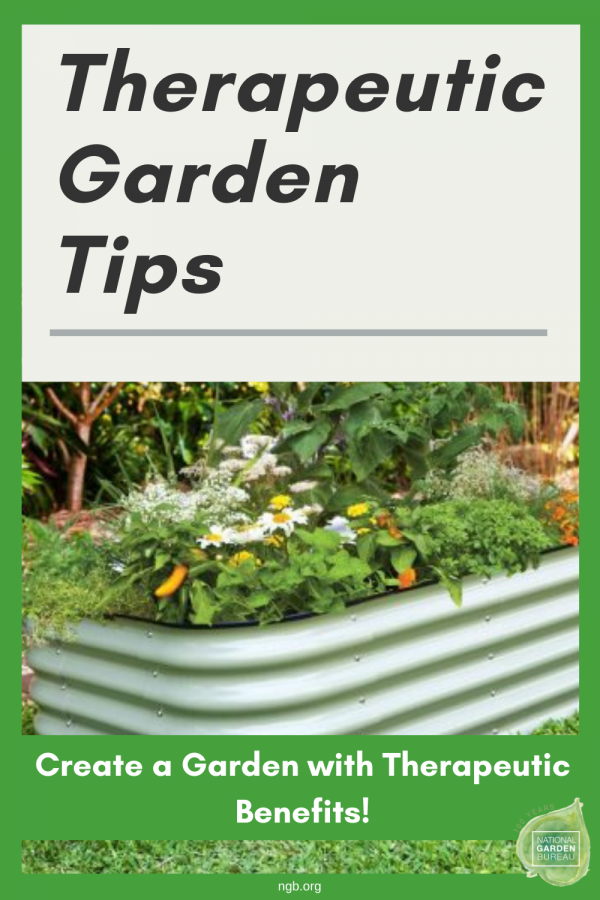
Gardening itself is therapeutic, but there’s something particularly enchanting about wildflower gardens.
Mindfulness Meditation: The soft rustle of the wind through wildflowers, the hum of bees, and the flutter of butterflies can be an immersive sensory experience. Spending time in such a setting can be a form of mindfulness meditation.
Physical Activity: Planting and tending to a wildflower garden is a gentle way to stay active and can be a relaxing exercise for many.
Supporting Local Ecology
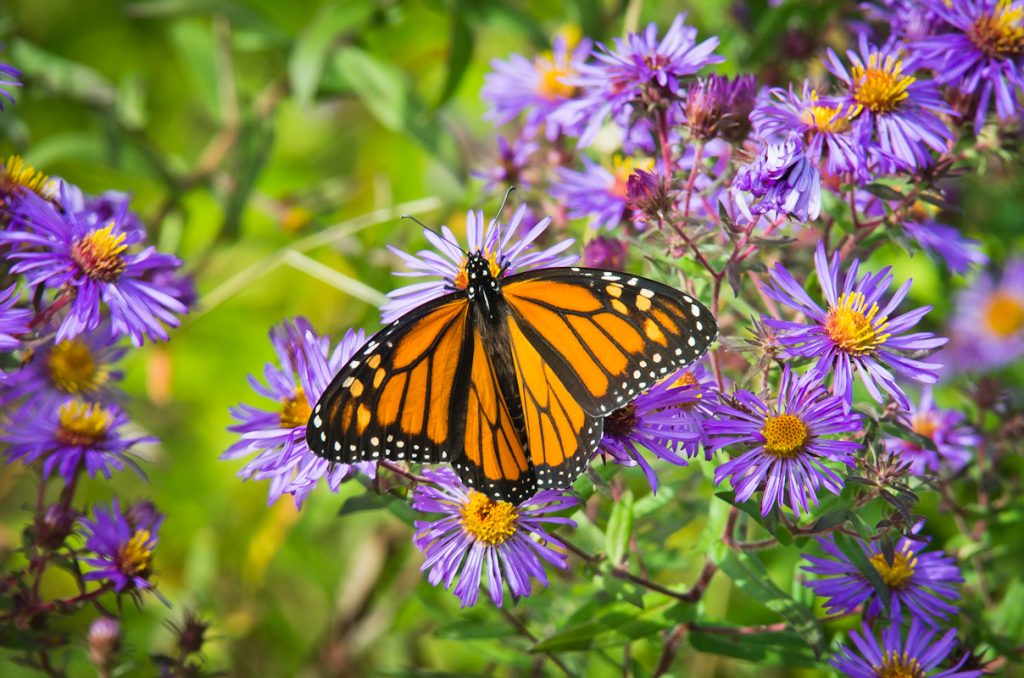
By planting native wildflowers, you are essentially restoring the local ecology. Here’s why it’s vital:
Habitat Restoration: Many native animals and insects rely on local flora for food and shelter. By planting a wildflower garden, you can provide a haven for local wildlife.
Combatting Invasive Species: Non-native plants can often become invasive and push out local flora. By choosing to plant wildflowers, you’re giving native plants a chance to flourish.
Connecting with the Community
Beyond the five primary reasons, there’s an additional benefit to consider: community building.
Educational Opportunities: A wildflower garden can be a living classroom. Invite neighbors, friends, or school groups for a tour and teach them about the different wildflowers and their benefits. This can raise ecological awareness in your community.
Garden Swaps: Organize or participate in local plant swaps. Share seeds or plants from your wildflower garden and get to know other garden enthusiasts in your area.
Community Projects: Consider proposing a community wildflower garden in public spaces like parks or school grounds. Collaborate with local officials and residents to bring more green, biodiverse spaces to your area.
Incorporating Wildflowers into Different Garden Styles
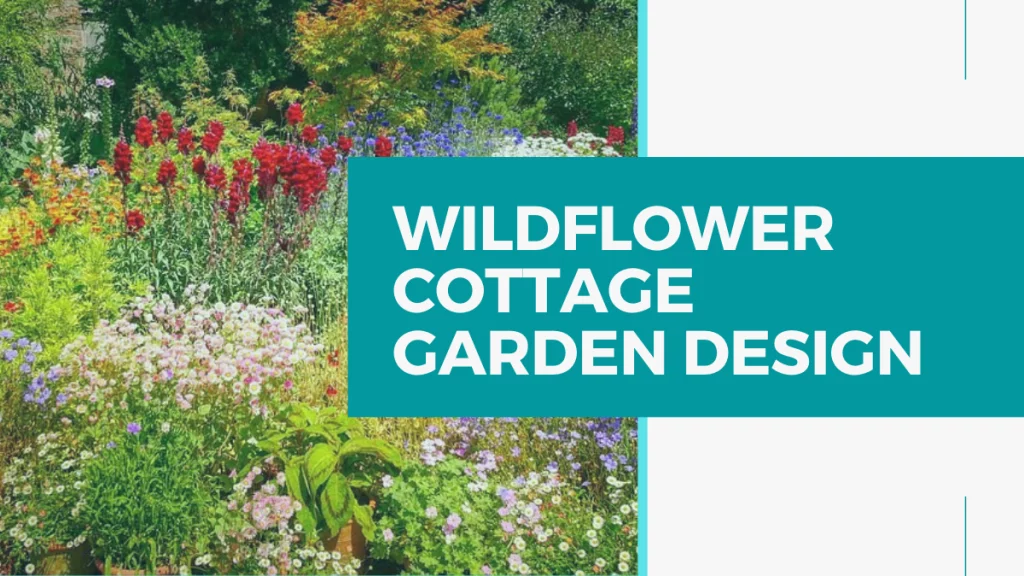
While wildflowers are often associated with open meadows or rustic settings, their versatility means they can be integrated into various garden styles.
Zen Gardens: Intersperse wildflowers amongst the traditional rocks and gravel for a pop of color and life.
Cottage Gardens: Wildflowers can add a relaxed, whimsical touch to classic cottage garden designs.
Modern Landscapes: Use wildflowers in a more controlled and patterned way, creating blocks or strips of color and texture in a contemporary setting.
Getting Started with Your Wildflower Garden
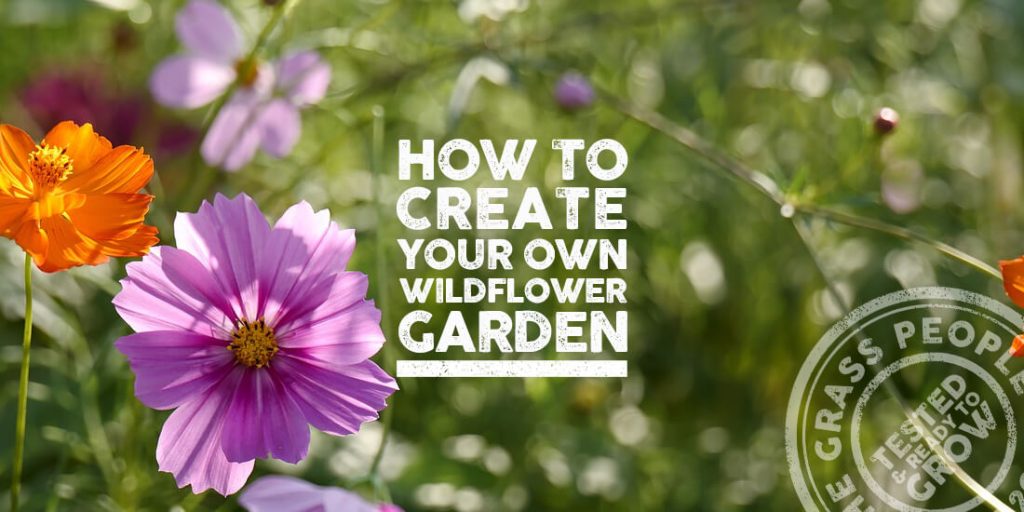
If you’re convinced about the myriad benefits of wildflower gardens and are eager to get started, here are some initial steps and resources to guide you on your journey.
Research Native Wildflowers: Begin by understanding the native wildflowers of your region. These plants will naturally thrive in your garden with minimal effort on your part.
Preparing the Ground: Wildflowers thrive in well-draining soil. If your garden is more clay-like, consider amending the soil with compost or sand. Clear the area of weeds, and lightly till the surface.
Sowing the Seeds: Depending on your region and the time of year, there may be an ideal time to sow wildflower seeds. Generally, fall or spring are the best times. Scatter seeds on the surface and lightly press them into the soil.
Watering and Care: Initially, you may need to water the seeds lightly and regularly until they germinate. Once established, wildflowers generally require less water unless there’s an extended dry spell.
The Future of Wild Gardens
As our planet continues to grapple with climate change, habitat destruction, and loss of biodiversity, the importance of wild gardens becomes even more pronounced.
A Shift in Landscaping Trends: With increasing awareness about the ecological benefits of wild gardens, more homeowners, businesses, and public spaces might opt for wildflower landscapes.
Research and Development: As the popularity of wild gardens grows, so might the research into developing more resilient and diverse wildflower species suited for a broader range of climates.
Community and Civic Involvement: As people witness the beauty and benefits of wild gardens, community initiatives to convert public spaces, roundabouts, and parks into wildflower havens could become more common.
Conclusion
Planting a wildflower garden is more than just an aesthetic choice. It’s a step towards ecological responsibility, a nod to biodiversity, and an embrace of nature’s purest forms of beauty. As urban spaces continue to expand, creating pockets of wild nature can serve as a vital refuge for both humans and wildlife.
So, as you mull over the 5 reasons to plant a wildflower garden or ponder other sustainable choices like the 5 reasons to go vegan, remember that every small step counts. By choosing wildflowers, you’re not just planting flowers; you’re sowing seeds of hope, community, and sustainability for the future.











